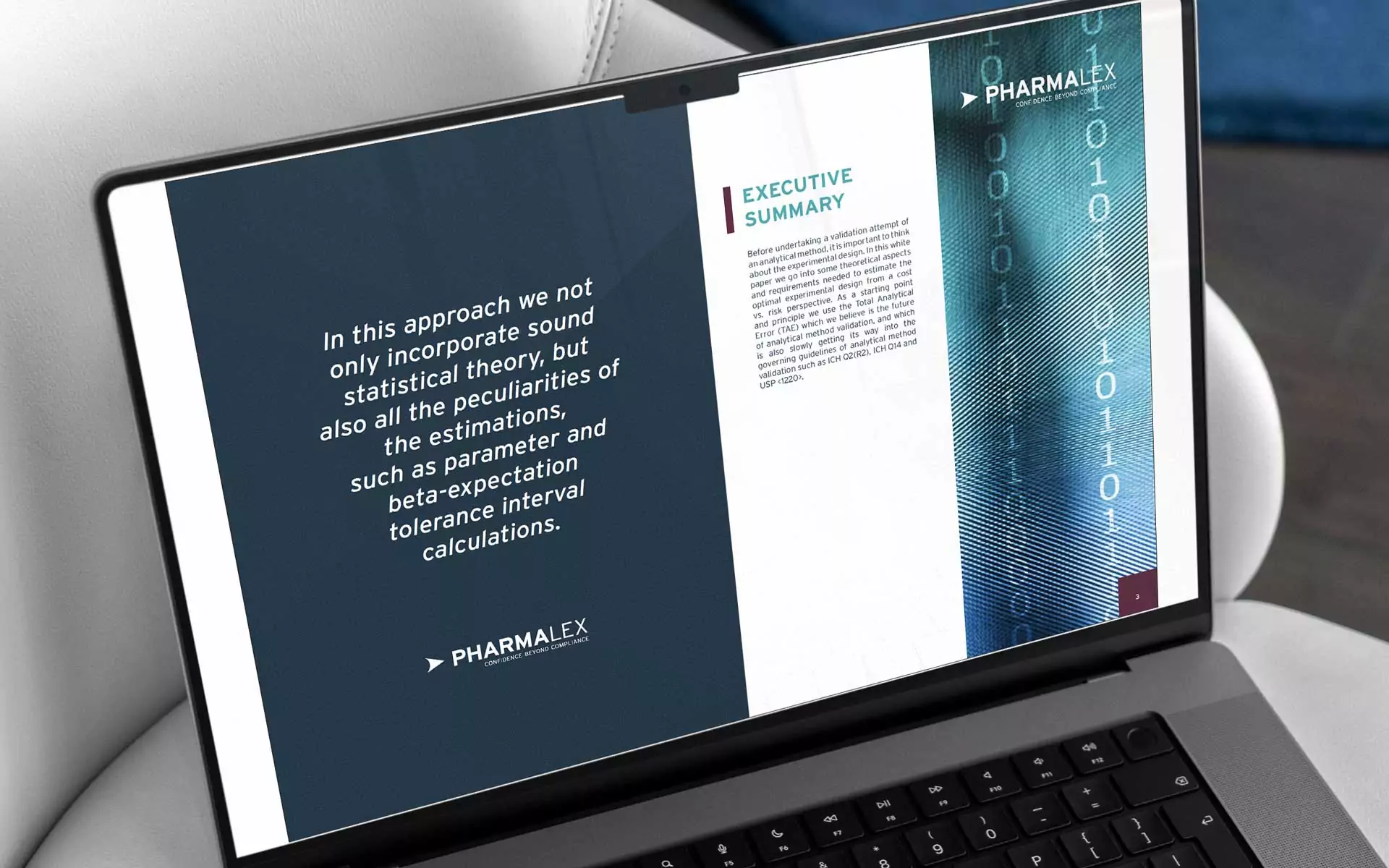Transcriptomics data analysis stands as a pivotal step in harnessing the potential of precision medicine, offering insights into disease mechanisms, biomarker discovery, and personalized treatment strategies 1 . There are, however, still significant challenges, particularly in the context of addressing the unique questions introduced by precision medicine.
One of the primary challenges in the analysis of this kind of data is to consider its high dimensional structure: thousands of genes measured across samples. Dimensionality reduction techniques such as PCA (Principal Component Analysis) and UMAP (Unified Manifold Approximation and Projection) aid in visualizing these high-dimensional datasets by reducing the number of features (genes) while retaining essential information to avoid overfitting in posterior analysis. This paves the way to identify the implications for disease mechanisms and treatment responses.
However, even with these methods, the task of selecting informative genes can be daunting, particularly in precision medicine where subtle biological signals are crucial for guiding personalized interventions and improving patient outcomes. Machine learning-based feature selection offers a promising alternative to deal with this challenge, enabling more efficient identification of biologically relevant features. These approaches uncover hidden patterns with greater precision, driving more personalized and effective treatment strategies 2.
High Dimensional structure is not the only significant challenge with transcriptomics data analysis. Additionally, inherent noise and various sources of biological and technical variability, such as differences in cell type composition, tissue microenvironment, and patient characteristics can have a great impact on the results. For example, sample heterogeneity caused by environmental factors or undetected illnesses can affect gene expression analyses leading to spurious results and erroneous conclusions if not properly addressed 3.
Hence to effectively address this variability, it is advisable to consider robust statistical methods for normalization, batch correction, clustering and confounder adjustment, as well as innovative approaches for characterizing cellular diversity (which is observed in single-cell RNAseq data) and dissecting complex biological signals.
There are other challenges that are beyond variability and structure of the data, which are more related to data reporting 4. Ensuring the reproducibility and robustness of transcriptomics data analysis is paramount for the validity and reliability of research findings in precision medicine. However, reproducibility remains a major challenge in the field, with studies often reporting inconsistent results due to differences in experimental protocols, data preprocessing methods, and analysis workflows 5.
Standardizing analysis pipelines, adopting best practices for data quality control, and transparently reporting analysis methods are essential steps to improving reproducibility and facilitating data sharing and collaboration in precision medicine research. Additionally, efforts to benchmark analysis methods and validate findings across independent datasets are crucial for establishing the reliability and generalizability of transcriptomics-based discoveries 7.
As transcriptomics data become increasingly integrated into clinical practice, ensuring that data are Findable, Accessible, Interoperable, and Reusable (FAIR) becomes essential 6. Robust data governance and adherence to FAIR principles help to address concerns regarding patient privacy, data security, and informed consent. Ensuring transparency and accountability in data handling is crucial for maintaining patient trust and safeguarding sensitive information. Implementing fair and transparent data governance policies will play a key role in promoting ethical use of transcriptomics data in precision medicine initiatives.
In short, many solutions can be proposed to overcome the challenges of using Transcriptomics in precision medicine. Are you aware of transcriptomics potential to uncover insights into individualized disease mechanisms and to identify biomarkers in precision medicine? What is your understanding of the role of transcriptomics data analysis in precision medicine? We would like to hear your experience with transcriptomics data analysis.
About the author:
Antonio Gomez is Associate Director in Data Science at PharmaLex. He has more than 15 years of experience in OMICs technologies for target discovery and biomarker development.
Notes:
- “Integrative analysis of omics data for precision medicine” by Karczewski and Snyder (2018)
- AI/ML in Precision Medicine: A Look Beyond the Hype. Ther Innov Regul Sci 2023 Sep;57(5):957-962.doi: 10.1007/s43441-023-00541-1.
- Chen, Rui, and Avi Ma’ayan. “Systems-level analysis of mRNA expression data.” Current protocols in bioinformatics (2012): 11.10. 1-11.10. 27.
- “Sample Heterogeneity in Transcriptomics: Challenges and Opportunities.” by Bacher, Ulrike, and Rosenthal, Jerry. Current Opinion in Systems Biology, Volume 9, Pages 15-21, 2018.
- “Reproducibility Challenges in Transcriptomics Research.” by Ioannidis, John P.A., et al. Clinical Chemistry, Volume 65, Issue 11, Pages 1352-1359, 2019.
- Benchmark of embedding-based methods for accurate and transferable prediction of drug response Briefings in Bioinformatics, Volume 24, Issue 3, May 2023, bbad098, https://doi.org/10.1093/bib/bbad098
- “Implementing FAIR data principles in transcriptomics research.” by Sansone, Susanna-Assunta, et al. Nature Reviews Genetics, Volume 20, Pages 632–645, 2019.








